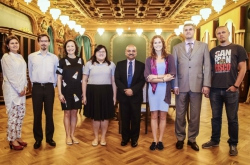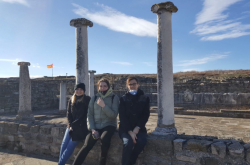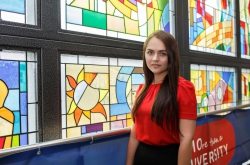How did you manage to get such an internship and what projects did you work on?
Ivan Derevitsky: It was pretty easy, actually. As PhD students in mathematical modeling, we applied for the Presidential Scholarship for Studying Abroad (though the contest is for Russian citizens only, ITMO University offers a wide range of opportunities for student mobility – Ed.) The application had to include the list of your scientific publications, and certificates confirming your participation in research conferences. Apart from that, one also had to write a motivation letter explaining how the experience they are going to obtain while studying abroad will help them in their future work in Russia. The application procedure is a pretty standard one and takes several weeks.
Oksana Severyukhina: In addition to the above-mentioned documents, you also have to submit an invitation letter from the university of your choice. We chose the Complexity Institute of the Nanyang Technological University, which attracted us with its structure and concept. The best thing about it is that it brings together researchers from all over the world: some of them work there on a regular basis, while others come there for several months to do an internship. In the course of nine months that we spent there, we became acquainted with lots of specialists from a wide range of fields, from anthropology to modeling of complex social phenomena.

During the internship, I studied the processes happening in complex networks, such as information propagation in networks, finding anomalies, and forecasting information propagation. This field has a lot of practical applications. For example, there is a network of communities related to a specific topic. Take, for example, network charity. Among the communities, there are those which interact with each other, such as community aggregators, charity foundations, fundraisers for treatment and fraudulent fundraisers. Building the optimal interaction between these communities allows you to understand what channels are best to use to share information within these communities and successfully identify fraud schemes.
Ivan Derevitsky: My research had to do with urban planning. In Singapore, I participated in a project aimed at improving the urban environment, and, in particular, finding an optimal position for automated external defibrillators (AEDs). These are portable electronic devices that automatically diagnose life-threatening cardiac arrhythmias. Heart attacks and strokes are among the most common death causes in many countries. This problem is especially topical for Singapore because of its very hot weather. If defibrillators are available on the streets, they can help people react to life-threatening conditions faster.
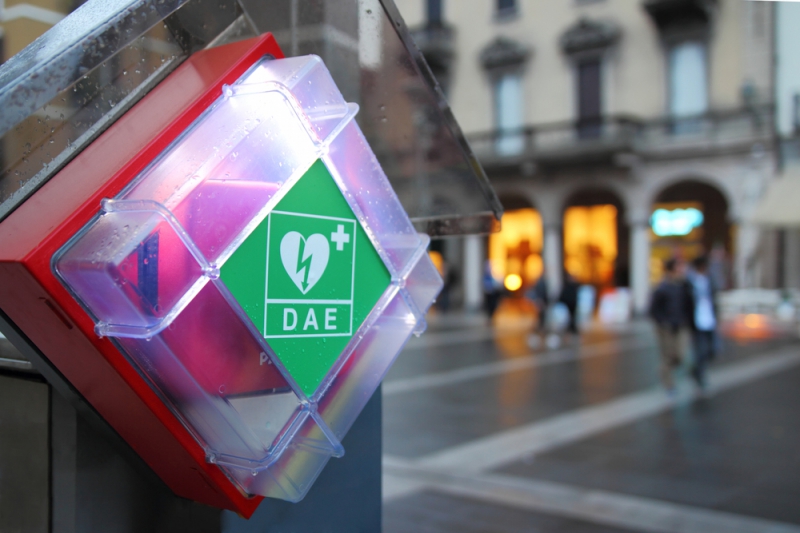
Our task here was to come up with a model featuring where AEDs should be placed around the city. The thing is that if someone is having a heart attack, you won’t run two kilometers away to get a defibrillator. That’s why we developed a model which takes into account the number of pedestrians in the area, as well as different personal characteristics.
Did you like it there in Singapore?
Oksana Severyukhina: Yes, I really liked it. Singapore is a truly international city, and on one street you can see an Indian woman in a sari, Malays wearing a hijab, and the Chinese in shorts and T-shirts. It took me quite a while to get used to it.
Ivan Derevitsky: Singapore is all about contrast. On the one hand, it’s hi-tech, skyscrapers and contemporary architecture everywhere, and on the other, it’s children in worn shoes eating noodles right next to these skyscrapers. In spite of all the technological developments, there are a lot of religious people in Singapore. What also surprised me was that people are all very polite. In St. Petersburg, people are also polite but it’s nothing compared to Singapore.
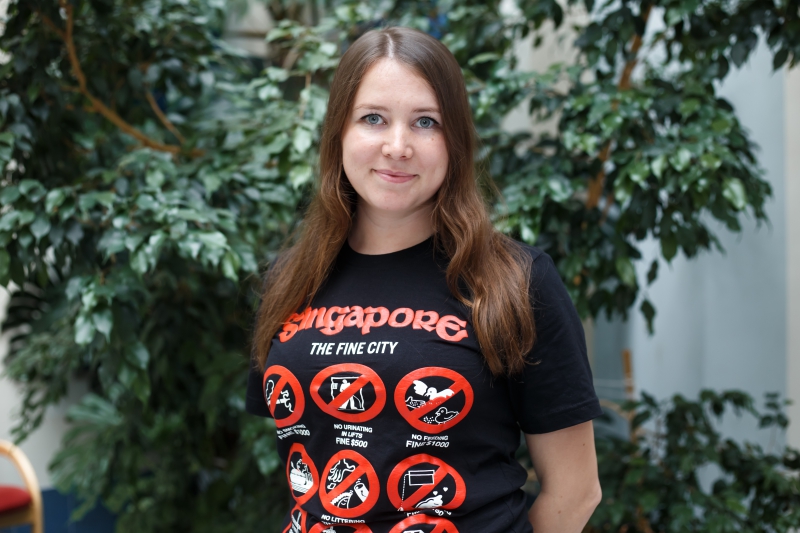
Oksana Severyukhina: We were very lucky to work at one of the most beautiful places in Singapore, the Nanyang Technological University campus. All the corridors there are like real jungles with lianas hanging from the ceiling. It’s a very green and comfortable place for work. The only disconcerting thing about Asia is that there are a lot of insects and exotic animals there, but you get used to it as well.

What practices did you like the most when working in Singapore?
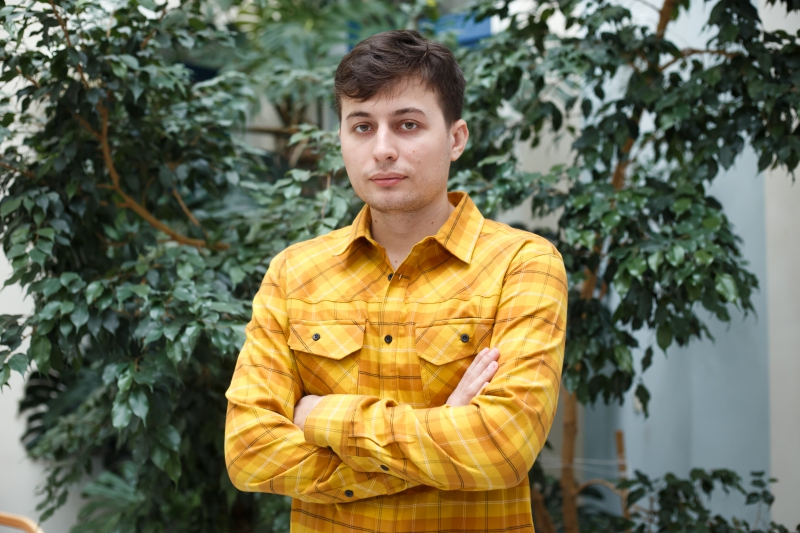
Oksana Severyukhina: I really liked complexity sharing sessions. These are special meetings that are held once or twice a month and allow researchers from different countries to present the results of their work and share experiences with each other. I think that it’s a very useful practice for universities, where, as it often happens, employers working in neighboring rooms don’t even know about each other.
What did this internship give you?
Ivan Derevitsky: First of all, we established a lot of useful connections that will definitely come in handy in our future work. Secondly, we achieved a range of important results which we can now use in our other projects that we’re conducting at the National Center for Cognitive Technologies. For example, now we’re working on optimizing the location of the offices of a major Russian bank in St. Petersburg.


